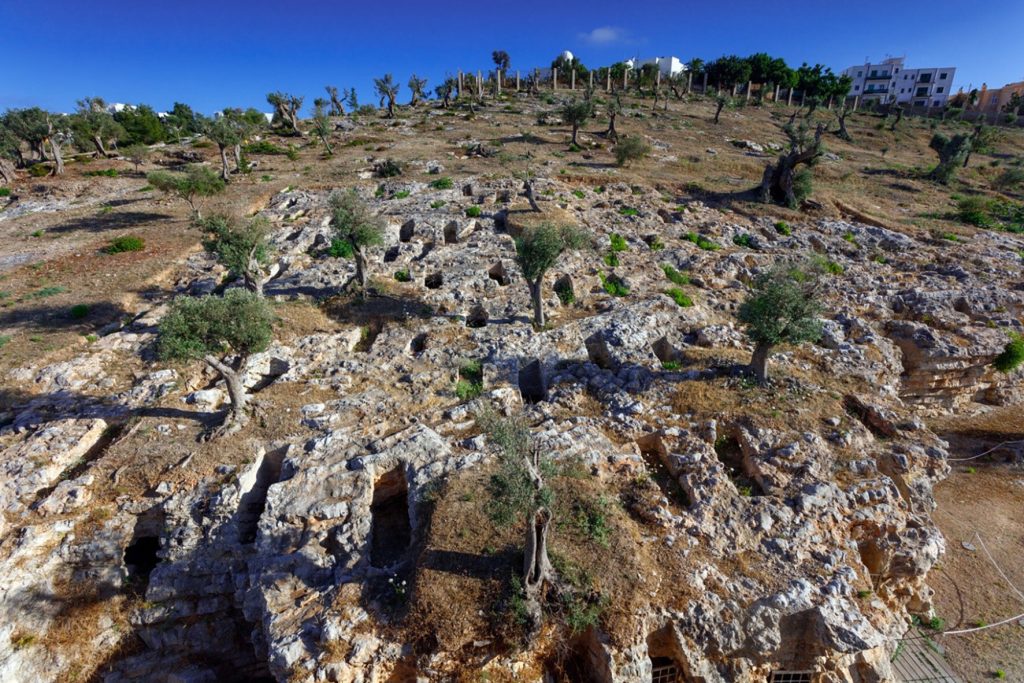Imagine a time long ago, in the Bronze Age, where the Phoenician culture was born in the city-states of the Levant. These people were pioneers, creating the first alphabet that influenced many writing systems we use today. As time passed, Phoenician cities expanded their influence, reaching places like Iberia through trade routes, spreading their language, religion, and customs across the central and western Mediterranean.
By the sixth century BCE, Carthage, a coastal colony in Tunisia, emerged as a powerful force in the region. The communities associated with Carthage were called “Punic” by the Romans. The clash between Carthage and the Roman Republic in the famous Punic Wars left a mark on history, with Hannibal’s epic journey across the Alps being a standout moment.
A recent study, part of the Max Planck-Harvard Research Center, delved into the genetic history of these ancient Mediterranean civilizations. They analyzed DNA from human remains found at Phoenician and Punic sites in various regions like the Levant, North Africa, and the Mediterranean islands.
Surprisingly, the study found that there was little genetic connection between the Phoenicians from the Levant and the Punic populations in the western and central Mediterranean. This suggests that the spread of Phoenician culture was not due to mass migrations but rather a process of cultural exchange and assimilation.
The genetic makeup of the Punic sites was incredibly diverse, with a mix of ancestries from regions like Sicily, the Aegean, and North Africa. This diversity highlights how interconnected ancient Mediterranean societies were, with people moving and mixing across vast distances.
Overall, this study sheds light on the cosmopolitan nature of the Punic world and the interconnectedness of ancient Mediterranean populations. It shows how ancient DNA can reveal the complex histories and interactions of people from the past.


